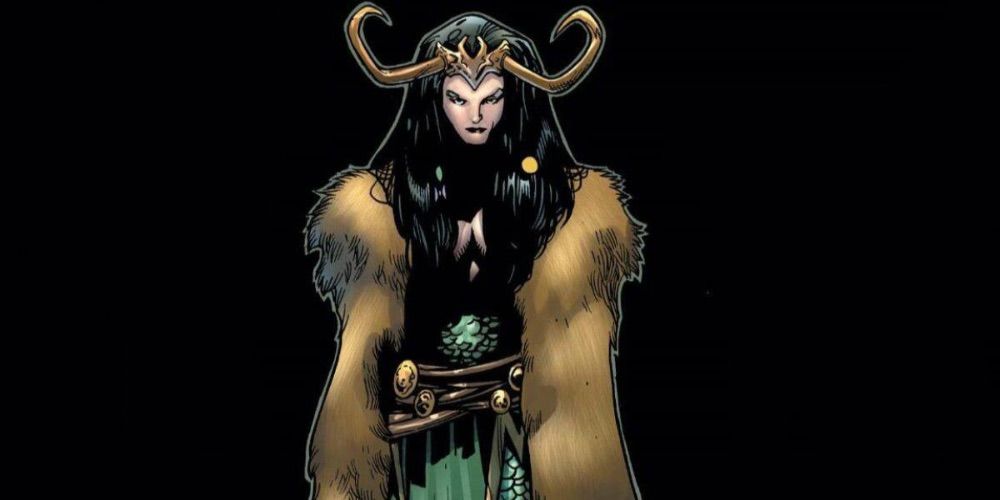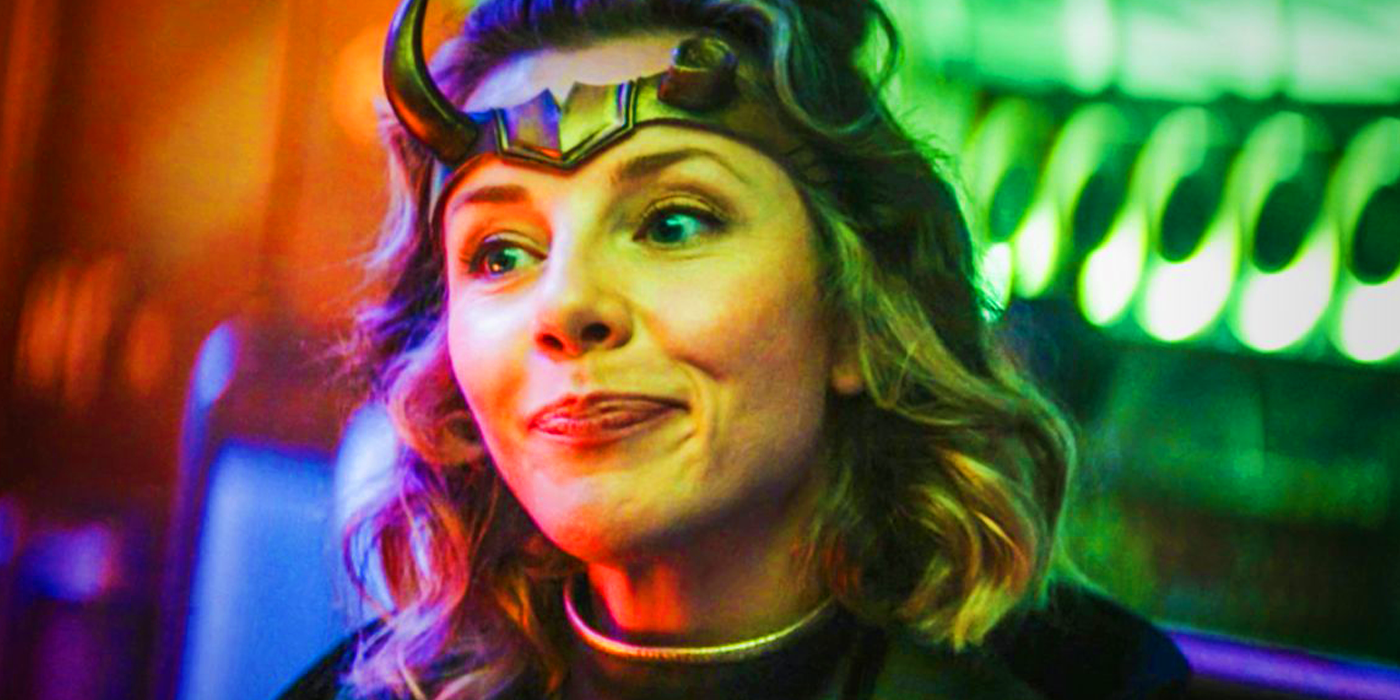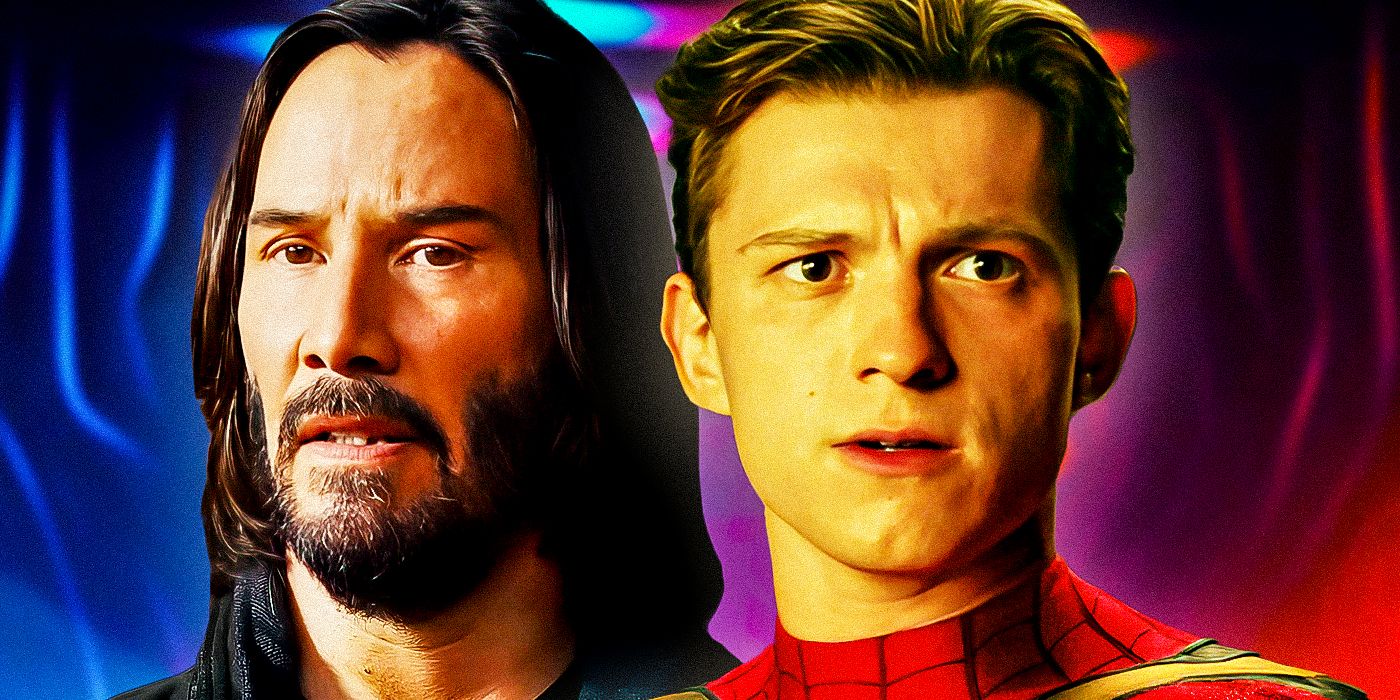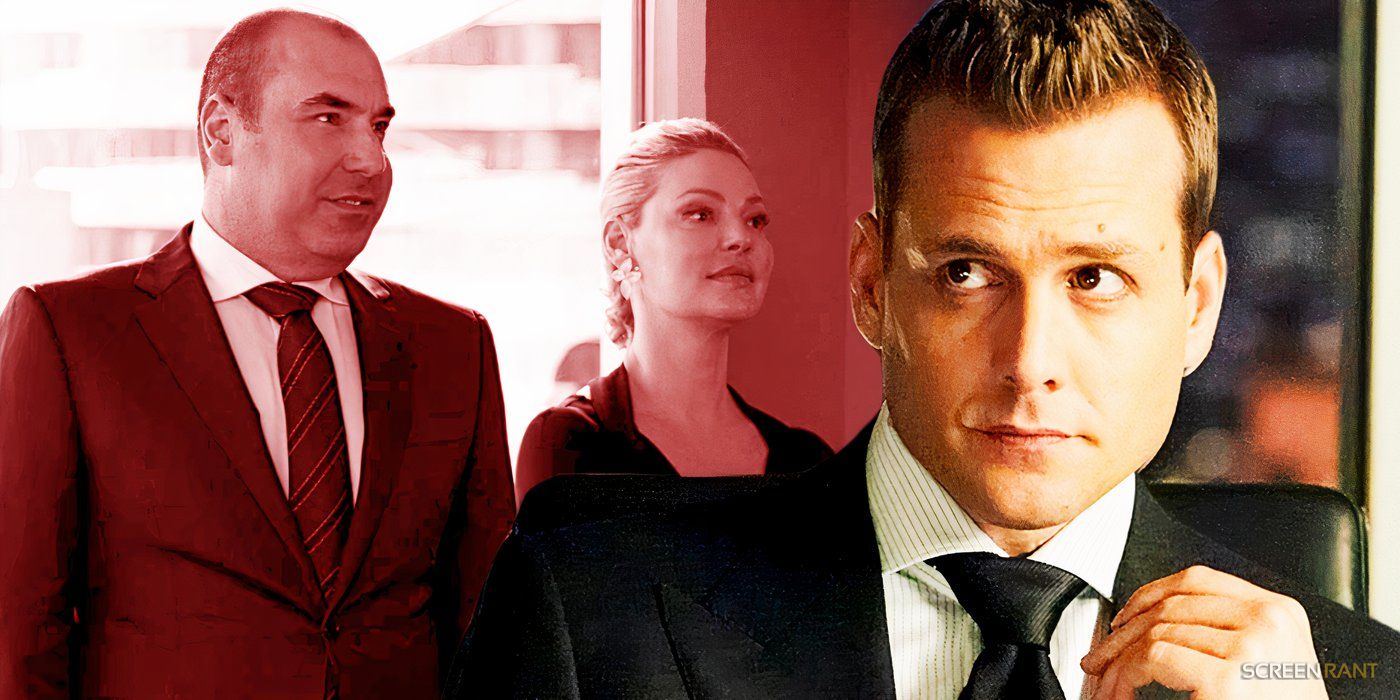One of the most appealing things about Marvel’s Loki is that they can be whatever they choose to be, and a new cosplay is celebrating Loki’s classic Lady Loki form. Lady Loki has become a touchstone, not just because a version has appeared in the MCU, but because she helped to begin the trend of Loki’s self-expression going beyond his classic villainous male-presenting form — even if it took her death to truly kickstart that revolution.
@jamiebearfancypants has made a spectacular cosplay of Lady Loki. Adapting Olivier Coipel’s iconic design, Jamie’s look is regal and sinister in equal measure.
The look includes Loki’s Norse-inspired layered dress and the long horns that harken back to the original 1960s Jack Kirby Loki design, as well as the fur coat that sets Coipel’s design apart from previous Lokis. Jamie also credits @alexvalderanafotos and @hunters_den_props for their help photographing the cosplay.
Lady Loki Has Led to Much More

After the Asgardians are reborn following their deaths in a previous Thor run, Thor finds his sibling Loki, who’s been reborn in a new female form, in Thor #5 by J. Michael Straczynski, Olivier Coipel, Mark Morales, Laura Martin, Paul Mounts, and Chris Eliopoulos. Loki keeps this visage until her death in the event Siege, after which they’re reborn as a younger, gender-fluid Loki. Since then, Lady Loki’s profile has only risen in recent years with the introduction of Sylvie, the MCU’s female Loki, in Disney+’s Loki.
Marvel Comics’ Lady Loki Could Help Expand the MCU

While Loki has been described as gender-fluid in the MCU, there hasn’t been an explicit focus on what their gender means to them outside the regular Loki and Sylvie’s obvious differences and mutual attraction. If the MCU were to have the “mainline” Loki transform into a form similar to the raven-haired Lady Loki, as Loki does in the comics, it could be an opportunity to explore how gender informs and intersects with Loki’s character, worldview, and their godhood itself, instead of existing only on the level of an Easter egg.
Loki’s genderfluidity has intersected with their comic stories in fascinating ways. In Loki: Agent of Asgard #13 by Al Ewing, Lee Garbett, Antonio Fabela, and Clayton Cowles, Loki becomes the God of Stories, rewriting their own destiny. Thematically, this new role is similar to Loki’s genderfluidity. Both are expressions of their self-determination, their radical freedom, and their ability to be what they choose to be. As Loki says in Loki: Agent of Asgard #13, “Let’s tell a different story. Let’s be something different.” It’s no wonder Loki has become such a hit with queer audiences, as well as inspiring great cosplays like this.




